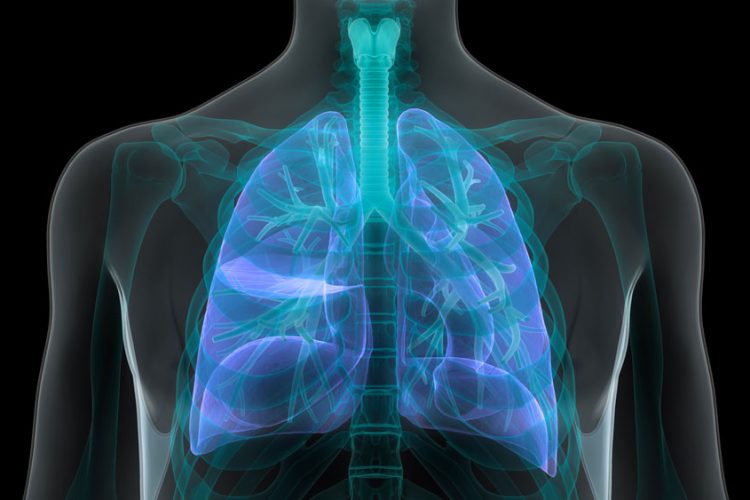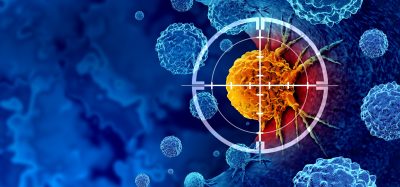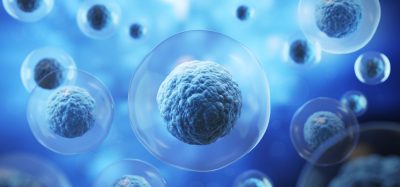Target found for pulmonary hypertension treatment
Posted: 22 November 2023 | Drug Target Review | No comments yet
An epigenetic pathway is mediated by a certain protein that could potentially reverse vascular remodelling in pulmonary hypertension.


A novel therapeutic target for pulmonary hypertension, a type of high blood pressure affecting the blood vessels in the lungs, has been discovered by Indiana University School of Medicine researchers in collaboration with colleagues at the University of Notre Dame.
Pulmonary hypertension is a complicated and often fatal condition that causes the heart to work harder than normal to pump blood into the lungs. The precise reasons for pulmonary hypertension are unknown, but one of its signs is the thickening of the pulmonary blood vessels caused by an overgrowth of cells, known as vascular remodelling.
Senior author on the study Dr Margaret Schwarz, Professor of Paediatrics at IU School of Medicine, said there are few treatments for pulmonary hypertension, and they typically treat the symptoms of vascular remodelling rather than the remodelling itself.
Dr Schwarz added that what’s exciting about her team’s findings is the discovery of an epigenetic pathway mediated via the protein SPHK2 that can reduce and possibly reverse vascular remodelling in pulmonary hypertension.
“Our study looks at targeting the epigenetic reversal of this mechanism. Ultimately, the treatment would be to stop the vascular remodelling process entirely.”
“This is one of the very first mechanisms of pulmonary hypertension identified that can be reversible,” she stated. “Normally, pulmonary hypertension patients are given medications to reduce the vascular pressure in the lungs or to help the heart squeeze better to pump blood, which are both symptoms of vascular remodelling. Our study looks at targeting the epigenetic reversal of this mechanism. Ultimately, the treatment would be to stop the vascular remodelling process entirely.”
This concept is like cancer treatment. “In cancer, we stop tumour growth instead of just treating symptoms,” she explained. “Vascular remodelling is a different mechanism, but the idea is that the treatment would target the mechanism instead of the symptoms.”
The study’s other key findings were: SPHK2 can drive pulmonary hypertension pathogenesis by histone H3K9 hyperacetylation, contributing to pulmonary artery smooth muscle cell (PASMC) vascular remodelling, and SPHK2 deficiency confers reduced pulmonary vascular resistance, right ventricle hypertension and distal vessel wall thickness.
Also, EMAP (endothelial monocyte activating polypeptide) II has a crucial part in the stimulation of nuclear SPHK2/S1P epigenetic modulating axis, indicating that cooperation between SPHK2 and EMAPII could be a significant driving force for epigenetic-mediated vascular PASMC reprogramming and remodelling in pulmonary hypertension.
Furthermore, pulmonary vascular endothelial cells are a priming factor of the EMAPII/SPHK2/S1P axis that alters the acetylome with a specificity for PASMC, through hyperacetylation of histone H3K9.
The next steps for Schwartz’s research include further exploration of the SPHK2 protein as a therapeutic target for pulmonary hypertension. This will be conducted in collaboration with Dr Brian Blagg, Director of the Warren Center for Drug Discovery and Development at Notre Dame.
The study was published in Circulation Research.
Related topics
Drug Targets, Epigenetics
Related conditions
Pulmonary hypertension
Related organisations
Indiana University School of Medicine, University of Notre Dame








